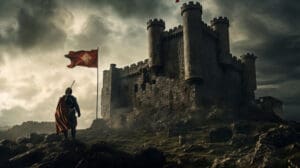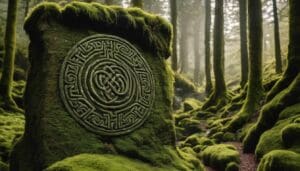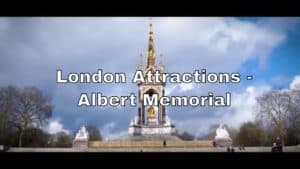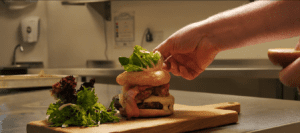Spanish Flamenco and Irish Dance: Exploring Dance Traditions
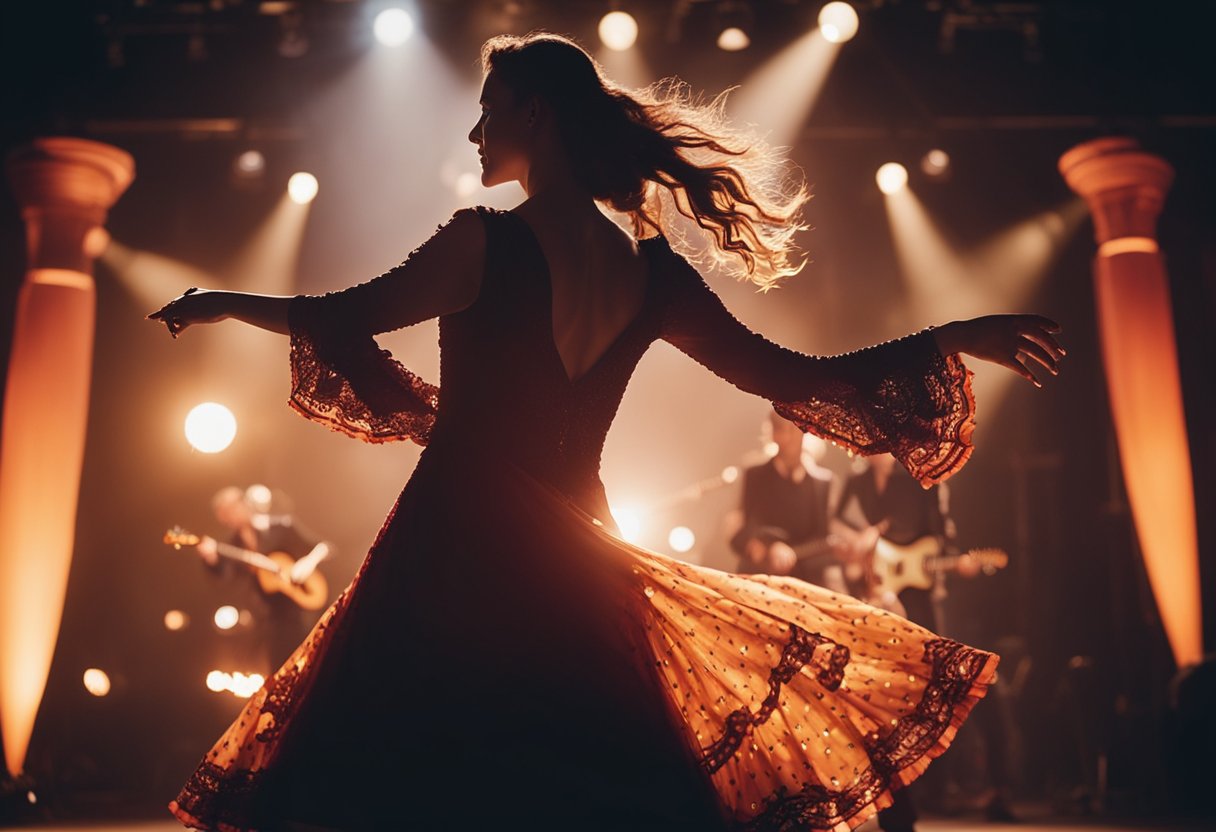
Updated On: April 24, 2024 by Marwa Alaa
Spanish Flamenco and Irish dance, traditional expressions of Spanish and Irish culture, respectively, offer captivating insights into the heritage and identity of their nations. Flamenco, originating from the Andalusia region in southern Spain, weaves together a complex tapestry of historical influences, embodying the emotional depths of Spanish culture. The music and dance forms of flamenco have evolved over time, integrating elements of Moorish, Jewish, and Romani cultural traditions, which reflect Spain’s diverse history and the art form’s continued relevance and evolution in contemporary society.
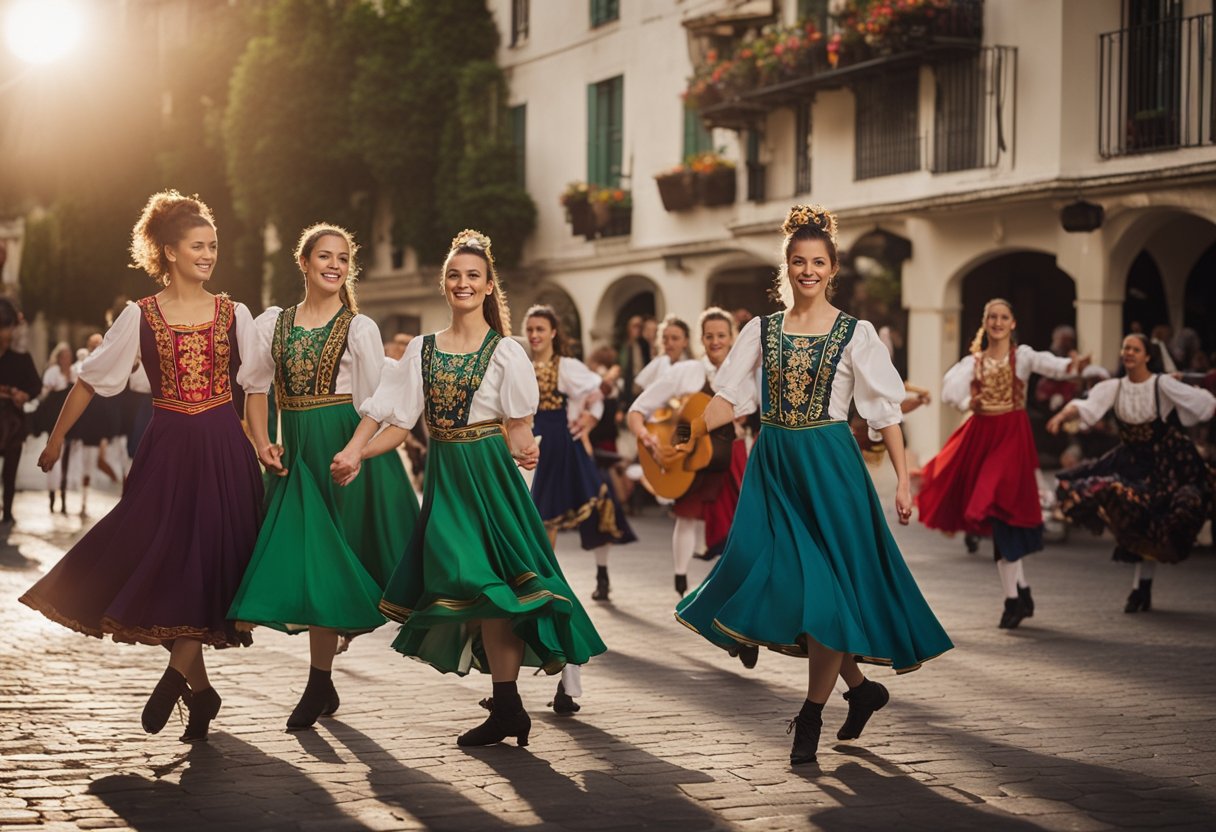
Ireland’s contribution to the traditional dance stage is exemplified by Riverdance, a spectacle of rhythmic precision and energy that has reshaped the perception of Irish dance around the world. Emerging from a Eurovision Song Contest interval performance, Riverdance sparked a revival in Irish traditional dance, infusing new life and global attention to this aspect of Irish heritage. Both flamenco and Irish dance are not only artistic performances but also celebrations of cultural identity, linking individuals to their collective pasts while expressing their unique stories of pain, joy, and the undying human spirit.
Origins of Flamenco
In this section, we explore the rich tapestry of cultural influences that led to the birth of Spanish flamenco, honing in on the pivotal role of Andalusian culture and the significant contributions of the Romani people.
Influence of Andalusian Culture
The origins of this Spanish dance are deeply rooted in Andalusia, a region of southern Spain with a storied history of cultural convergence. Elements of Andalusian culture, especially its unique blend of Moorish, Jewish, and native Spanish influences, have significantly shaped flamenco. The Moors and Jews contributed musical traditions during their centuries-long residence in Spain, which were interwoven with the existing local forms to create what we recognise today as flamenco.
Contribution of the Romani People
The Romani people, often referred to as Gypsies, were instrumental in the development of flamenco. Their arrival in Spain around the 15th century brought with them an array of musical traditions from their original homeland in India. This included a strong oral tradition and a passion for music and dance that proved to be fertile ground for the evolution of cante jondo, or deep song, which is at the heart of flamenco. Their history of migration and the merging of their cultural expressions with that of the local Andalusian populace created the flamenco that has become synonymous with Spanish culture.
Flamenco Music and Dance Forms
Flamenco, an art form of profound expression, brings together the diverse components of cante (singing), baile (dance), and toque (guitar playing) to create a spectacle that is both captivating and complex.
Components of Flamenco
Flamenco is characterised by its three foundational pillars: cante, baile, and toque. Each element serves a distinct purpose in the performance. The cante offers the narrative and emotional core, the baile communicates the story through movement, and the toque provides the musical foundation.
Cante (Singing)
- Deeply emotional and often improvised
- Integral in setting the tone of the performance
Baile (Dance)
- Expressive, with emphasis on hand and arm movements
- Footwork is intricate and rhythmically precise
Toque (Guitar Playing)
- Flamenco guitar is a distinct style with complex techniques
- Serves as a bridge between the dance and singing
Flamenco Guitar and Percussion
The flamenco guitar, toque, is central to the genre, its complex strumming and finger-picking techniques defining the rhythmic patterns. Percussive elements such as hand clapping (palmas), finger snapping (pitos), and tambourines enrich the music, while castanets add their distinctive click, essential to the dance’s musical landscape.
Flamenco Singing Styles
Flamenco singing, or cante, showcases raw emotion, with singers conveying the essence of flamenco through their impassioned delivery. Notable flamenco singing styles include:
- Soleá: solemn and introspective
- Seguiriya: deep, tragic themes
- Alegrías: brighter, livelier mood
The Dance of Emotion: Flamenco Baile
The flamenco baile is where the dancer’s soul takes centre stage. Every stomp and twirl is charged with emotion, from sorrow to joy. Accessories such as flowing dresses and shawls accentuate the dancer’s movements, creating visual poetry that echoes the passion of the performance.
Cultural Significance of Flamenco
Flamenco is not only a captivating art form but also a vital part of Spanish identity. It embodies centuries of traditions and cultural expression. It’s an intangible cultural heritage that resonates with the rhythm of Spanish life.
UNESCO Recognition
In 2010, UNESCO declared Flamenco one of the Masterpieces of the Oral and Intangible Heritage of Humanity. This recognition reflects its importance in Spanish culture and the need for its preservation. It acknowledges the rich tapestry of influences, including Andalusian, Romani, and Arabic, that contributed to this powerful form of expression. Flamenco is a vibrant communication channel, transcending words to convey deep emotions through music and dance.
Flamenco in Spanish Society
Flamenco has moved beyond just performances by flamenco dancers; it is an emblem of Spanish identity. Traditionally associated with the Romani community, it’s now popular across the entire Spanish society. The art form thrives, from spontaneous gatherings in tablaos to grand stages across the country and beyond. Flamenco continues to be a living tradition integral to Spanish cultural expression and identity in every clap, guitar strum, and heel stomp.
Flamenco Today: Performance and Evolution

In examining Flamenco’s presence in contemporary times, we observe its dynamic evolution and flourishing global impact, encompassing a spectrum from preserved traditions to innovative interpretations.
Flamenco on the Global Stage
Flamenco has transcended its Andalusian origins to captivate audiences worldwide. Performances at flamenco clubs and tablao venues offer an intimate glimpse into its soul-stirring artistry. Through storytelling and emotive technique, flamenco dancing is a narrative unravelled through music and movement. Today, globalisation has facilitated the spread of flamenco, making it popular in diverse cultural settings, from Europe to Asia.
Traditional vs Modern Flamenco
Traditional flamenco remains steadfast, deeply rooted in its heritage and technique, presenting a visceral connection to its history. At the heart of traditional performances is the authenticity that honours age-old traditions. Conversely, modern Flamenco embraces experimentation, blending genres and styles, which results in a contemporary expression that resonates with a broader audience. Both forms coexist, each with its devoted proponents and practitioners.
The Flamenco Industry
The industry surrounding Flamenco is both robust and adaptive. Revenue streams stem from live performances, instructional workshops, and the sale of traditional attire and music. Flamenco’s presence in popular culture consolidates its status beyond niche artistry. Events like the Bienal de Flamenco in Seville highlight its significance, showcasing the finest in flamenco talent and drawing enthusiasts from around the globe. This industry not only fosters economic growth but also ensures the perpetuity of Flamenco’s legacy.
Reflections of Pain and Joy in Flamenco
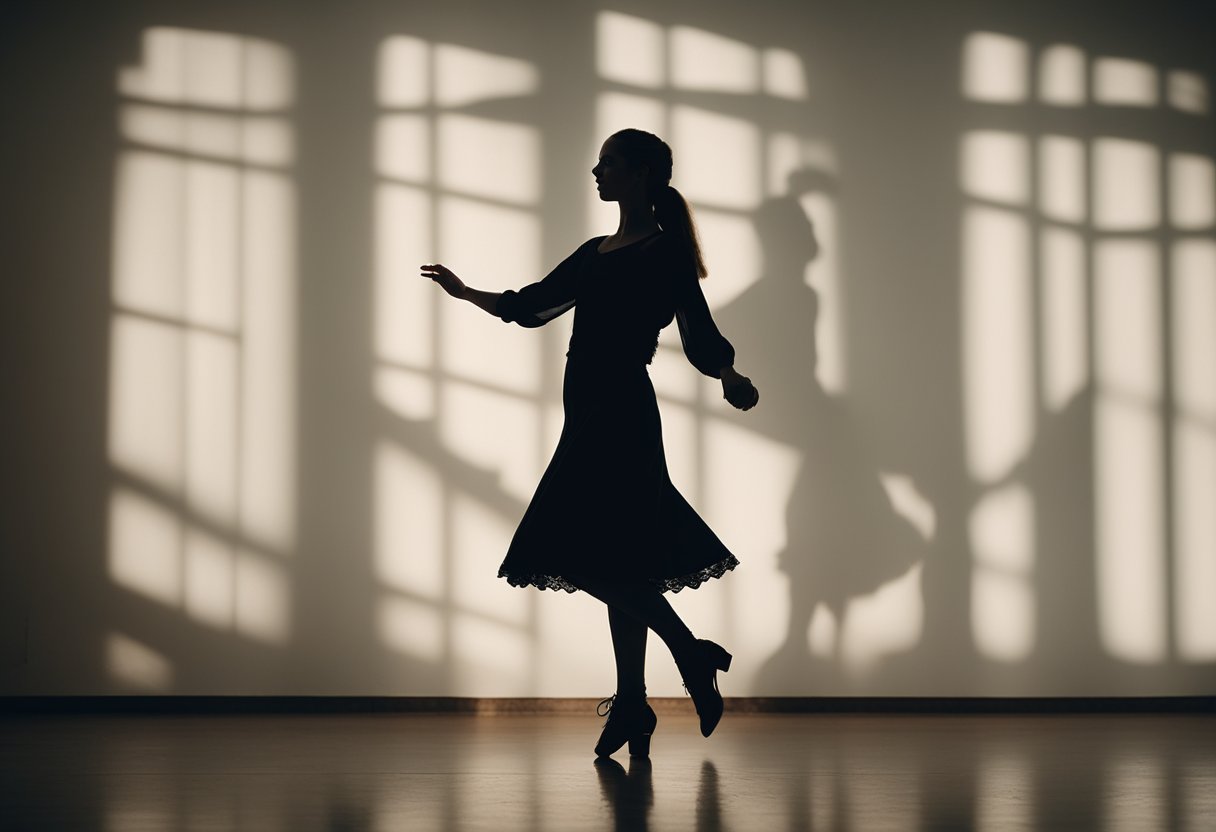
Flamenco embodies a spectrum of emotions, each performance a profound narrative of human experience. Within this art form, we find the purest expressions of sorrow and ecstasy.
Expressing Deep Emotions
Flamenco is more than a dance; it’s an emotional catharsis. At its heart lies the cante jondo or deep song, a raw, powerful display that transcends mere performance. It tells stories of pain, sadness, and love, often originating from the historical struggles and cultural fusions in Andalusia. Dancers, through their intense and fiery movements, don’t just move to a rhythm; they unleash a passionate dialogue between joy and anguish.
The passion of Flamenco is magnetic, commanding the attention with each stomp and clap. The dance serves as a vessel for an array of emotions, where happiness and heartache coalesce to create something that is felt as much as it is seen. In each performance, the expressive power is unmistakable, allowing us to witness the full emotional depth that humanity is capable of displaying.
Through the artistry of Flamenco, both the euphoria and the trials of life are embraced. It is this embrace, this dynamic exchange of feelings, that imparts Flamenco with its unyielding power, solidifying its place as a precious cultural jewel in the realm of traditional dance.
The Role of Dance in Spanish Family Life
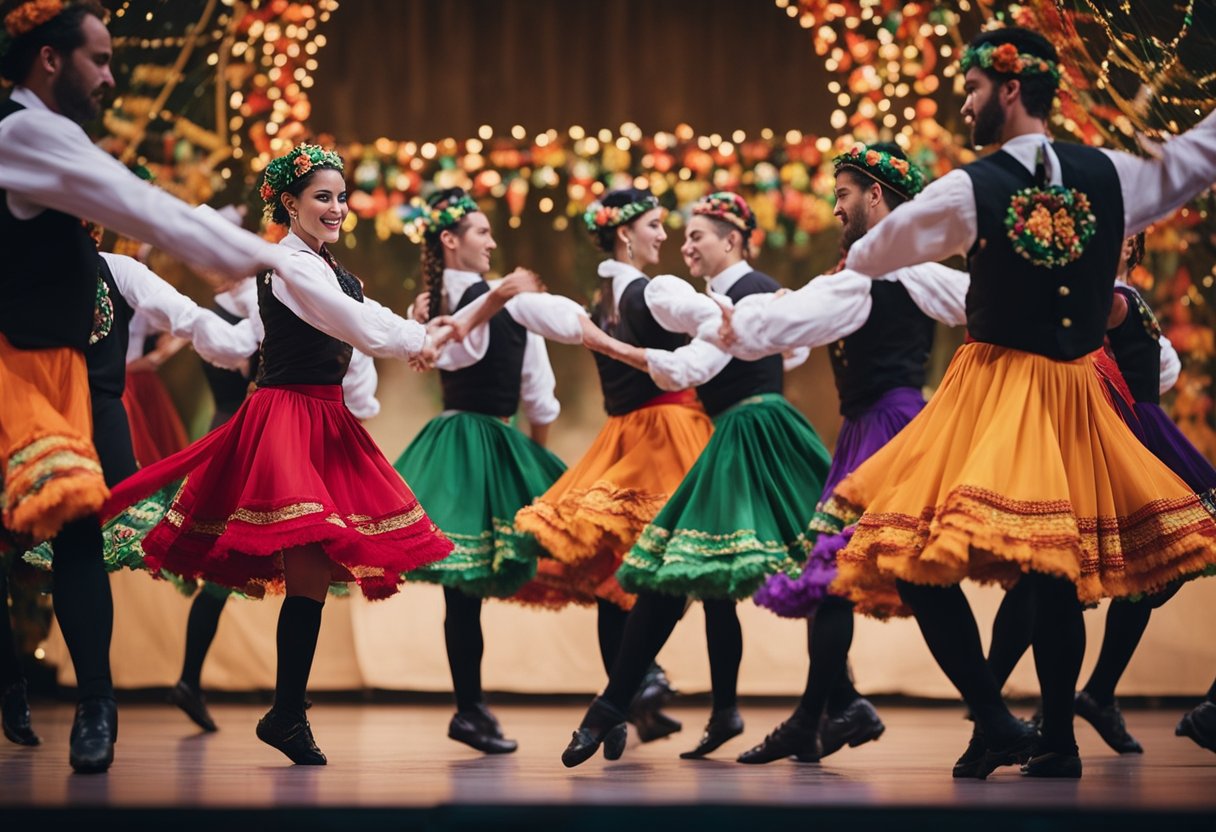
In Spanish families, dance serves as both a celebration of cultural identity and a unifying pastime, deeply intertwined with daily life and festive gatherings. It’s a vibrant form of expression that strengthens the familial bond.
Flamenco in Family Gatherings
We often witness flamenco becoming the heart and soul of family celebrations in Spain. The staccato heel tapping, fervent rhythms, and soul-stirring guitar of flamenco music echo through these gatherings as bailaores (dancers), both young and old, take to the improvised dance floor. It’s in these intimate spaces that traditions pass from one generation to another, creating a living tapestry of Spanish culture shared amongst family and friends.
The Patio Culture in Spain
The courtyards, or patios, of Spanish homes, are more than mere open-air venues; they are communal hubs where families converge. Amidst the laughter and chatter, a spontaneous flamenco performance might erupt, with everyone, from the smallest children to the eldest grandparents, partaking or clapping in rhythm. Our patio culture is conducive to such family-oriented flamenco experiences, fostering a sense of community and shared heritage.
Riverdance: The Revival of Irish Traditional Dance
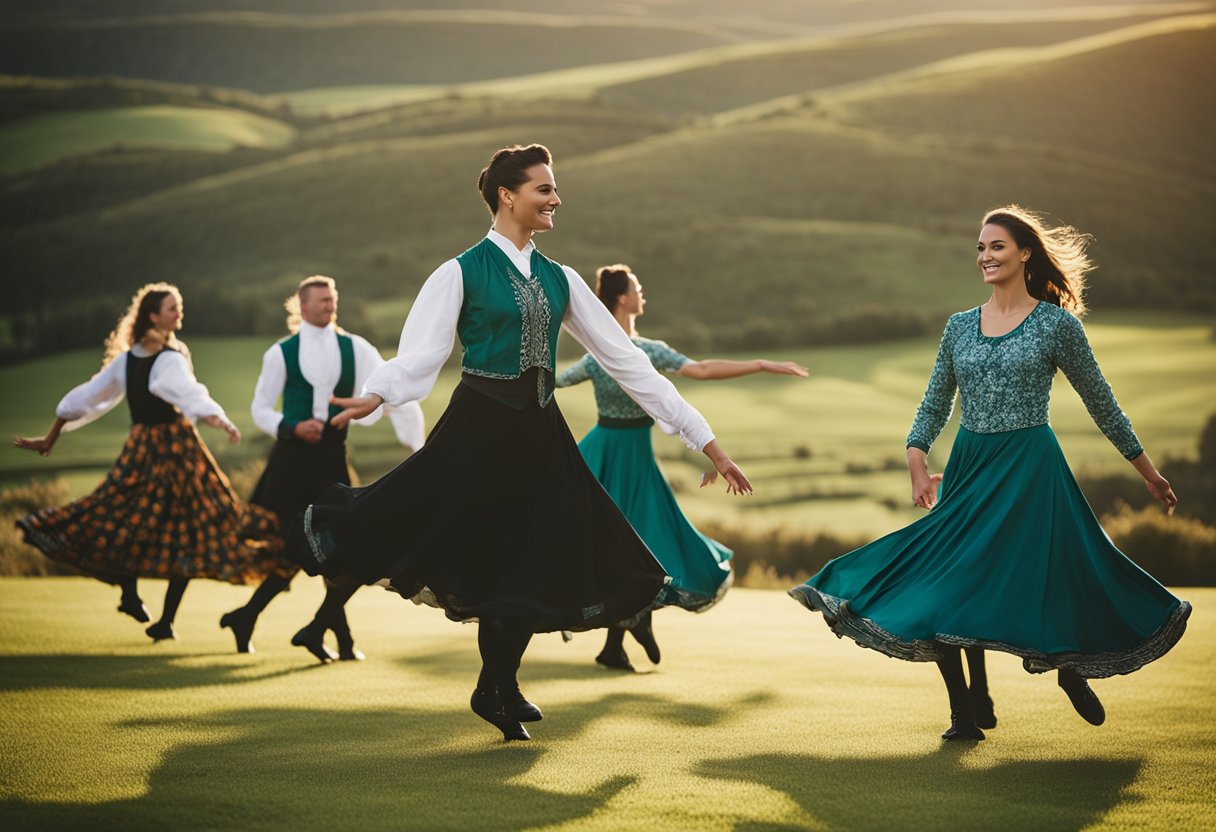
Through Riverdance, we’ve witnessed a dramatic revival of Irish traditional dance, bringing Ireland’s rich dance heritage to the global stage with unparalleled elegance and strength.
Riverdance Phenomenon
The Riverdance performance first captivated the world as an interval act during the Eurovision Song Contest in 1994, branding itself as an iconic representation of Irish dance and music. What began as a seven-minute showcase exploded into an international touring production, which resonates with Ireland’s traditions, heritage, and identity.
The ensemble’s intricate footwork and rhythmic precision breathe life into centuries-old dance traditions, marrying the elegance of the dancers’ movements with the raw strength of their taps. The score, which is as integral as the dance itself, combines traditional Irish tunes with contemporary sounds, embodying Ireland’s cultural journey through music.
Riverdance’s influence extends beyond the stage. It has played a significant role in rejuvenating interest in Irish dance schools across Ireland and has inspired countless people worldwide to engage with and celebrate this unique aspect of Irish heritage.
In the display of Riverdance, we find not only the rapid, thunderous rhythms that audiences have come to love but also moments of lighthearted humour and storytelling that connect deeply with viewers, reflecting the multifaceted nature of Irish identity.
By intertwining traditional elements with innovative production, Riverdance has cemented its place as a cultural phenomenon that continues to enchant and inspire, ensuring the legacy of Irish dance remains vibrant for future generations.
Characteristics of Irish Dance
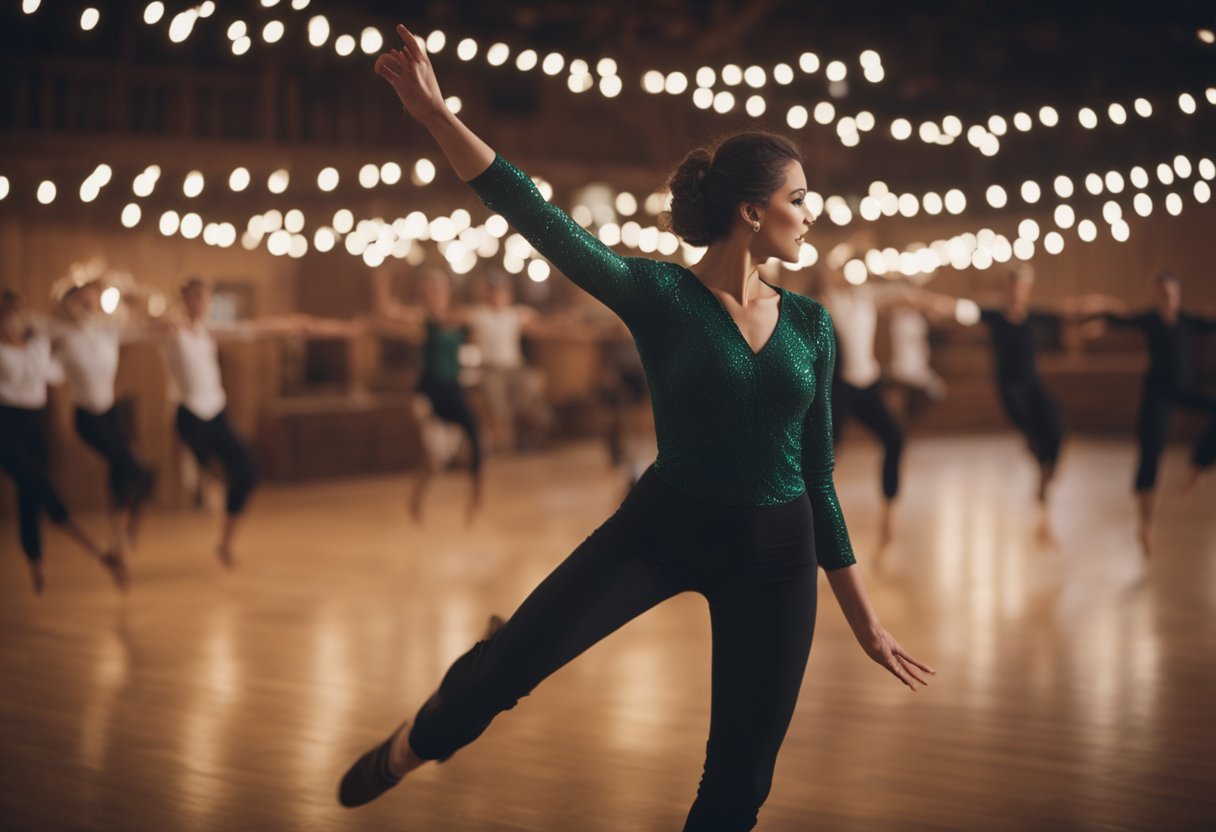
In this section, we will illuminate the defining features of Irish dance, focusing particularly on its unique music and rhythm, as well as the intricate dance techniques that set it apart from other dance forms.
Music and Rhythm
The vibrant music that characterises Irish dance is marked by its lively tempo and compelling rhythms, which serve as the backbone for the dancers. Traditionally, instruments like the fiddle, the uilleann pipes, and the bodhrán (a type of frame drum) lay the foundation of the music, creating a deeply percussive sound that complements the dance motions. The rhythm of Irish dance music typically follows quick-paced times such as 4/4 (reel), 6/8 (jig), and 9/8 (slip jig), ensuring that the dancers’ steps are tightly synced with each tune.
Irish Dance Techniques
Irish dance techniques are a blend of precise movements where dancers maintain a stiff upper body while executing rapid leg and foot movements. Notable techniques include:
- Foot Stomping: A prominent feature where dancers energetically stomp their feet, creating a percussive effect similar to the Spanish zapateado.
- Hand Clapping: Although less common than in other dance styles, occasional hand clapping can punctuate the music, adding to the auditory experience.
Dancers often perform in tight unison, demonstrating complex footwork that includes clicks (where the heels click together in mid-air) and trebles (a rapid multi-tap movement). The focus on lower body strength and agility while keeping the arms usually stationary is a quintessential aspect of Irish dance technique.
We do not use vocals as a central element in Irish dance performances; the dancers’ precise footwork and rhythmic techniques speak volumes without the need for sung words.
Irish Dance in the Contemporary World
Irish dance has continuously evolved, embedding itself into the fabric of the contemporary art scene. It encapsulates a powerful blend of tradition and innovation that informs its role in modern entertainment and cultural identity.
Influence and Adaptation
We have witnessed Irish dance extend its reach far beyond the shores of Ireland, permeating global culture through various mediums. Traditionally characterised by its rapid leg movements while the body and arms remain largely stationary, Irish dance is now recognised across the world not just for its technique but also for its capacity for storytelling and inherent identity.
In the modern context, Irish dance has adapted, often fusing with other dance traditions to produce something both unique and familiar. Shows like Riverdance have played a pivotal role in this movement, acting as a catalyst for the global dissemination of Irish dance. These performances have transformed the public’s perception from a niche folk dance into a dynamic stage spectacle, demonstrating the resilience and preservation of cultural heritage through adaptation.
This global influence has also backed into the art form, influencing the way Irish dance is taught and performed within Ireland. Choreographers and dancers actively integrate contemporary moves and music, while still holding onto the essence of traditional Irish dance rhythms and patterns.
By embracing modern influences without losing sight of tradition, Irish dance maintains its unique identity while establishing a dialogue with an ever-evolving artistic world. It’s a testament to the versatility and endurance of cultural expression, showing us that tradition is not a static relic but a living, breathing narrative that we continue to shape. Through its journey and adaptations, Irish dance reaffirms its place in the collective consciousness, not merely as a cultural artefact but as a vibrant and evolving form of expression and identity in the contemporary world.
Comparative Study: Flamenco and Riverdance
In our exploration of traditional dance, we focus on the intricate narratives and technical expressions of Flamenco and Riverdance, exemplifying Spain and Ireland’s cultural art forms.
Shared Themes and Differences
Flamenco and Riverdance share a dedication to storytelling through dance, displaying a deep connection between cultural identity and performance. Flamenco, rooted in the Andalusian region of Spain, narrates its tales with powerful emotions and a highly expressive dance technique. Dancers convey their stories with various hand claps, footwork, and intricate body movements, reflecting a blend of the region’s diverse historical influences.
Riverdance, on the other hand, emerged as a beacon of Irish dance, showcasing a distinctive style marked by rapid leg movements while the body and arms remain largely static. This style of Irish dance gained international recognition through the impactful performances of Riverdance, which combined traditional Irish music with superb choreography to relay Ireland’s historical and cultural narratives on a global stage.
While Flamenco often encapsulates a solo performance with a profound personal touch, Riverdance typically features synchronised group choreography, creating a dynamic and powerful collective experience. Both styles, however, utilise music as an essential storytelling tool—the vibrant rhythms of Flamenco guitars and the lilting tunes of Irish fiddles set the stage for each dance’s unique emotive journey.
When examining technique, Flamenco demands a significant amount of improvisation and personal expression, whereas the precision of the steps in Riverdance reflects a carefully orchestrated and unified approach. The emotions conveyed in Flamenco can range from sorrow to joy, giving audiences a palpable sense of the dancer’s inner life. In contrast, the joy of Irish dance is often celebrated through its energetic, high-spirited performances.
Ultimately, these two traditional forms of dance provide audiences not just with entertainment but with a deeper understanding of the cultures they represent. Flamenco’s intimate intensity and Riverdance’s exhilarating precision both serve as powerful ambassadors for their respective heritages.
Frequently Asked Questions

In this section, we address some common curiosities about the interaction and contrasts between Spanish flamenco and Irish dancing, focusing on their historical interplay, key figures, and unique characteristics.
How have Irish dancing and flamenco influenced each other historically?
While Irish dancing and flamenco have developed independently within their respective cultures, both have experienced a growing cross-cultural exchange. With the advent of international dance productions, artists have explored and fused elements of these two styles, though historically, direct influence has been minimal.
Which flamenco artist collaborated with the Riverdance ensemble?
Rocío Montoya, a renowned flamenco dancer, collaborated with the Riverdance ensemble. She infused the show with her fiery flamenco spirit and interpreted the vibrant connection between Spanish and Irish dance traditions.
What style of dance predominates in the Riverdance performances?
Riverdance is synonymous with Irish step dancing, a style characterised by rapid leg and foot movements while the body and arms remain largely stationary. This form is the backbone of the Riverdance performances, enthralling audiences with its precision and energy.
Could you detail the historical origins of flamenco dancing?
Flamenco dance originated in the Andalusian region of Spain, influenced by various cultures, including Gypsy, Moorish, and Jewish traditions. It began as a form of folkloric expression and evolved into a dynamic, professional art form known for its emotional intensity and technically skilled performance.
What are the main differences between Spanish flamenco and Irish step dancing?
The main differences lie in their technique, expression, and cultural significance. Spanish flamenco is an expressive dance form marked by percussive footwork, intricate hand and arm movements and a strong emphasis on rhythm. In contrast, Irish step dancing focuses on quick footwork and leg movements with a generally more rigid upper body.
What narratives are traditionally conveyed through flamenco performances?
Traditionally, flamenco performances convey a range of emotions and stories, from deep sorrow and struggle to joy and celebration. The dance, alongside the music and song, often reflects themes of love, loss, and daily life, allowing performers to express personal and communal narratives.


